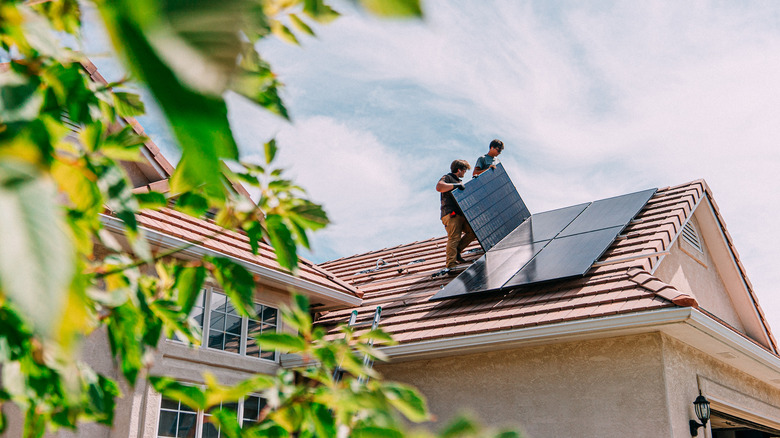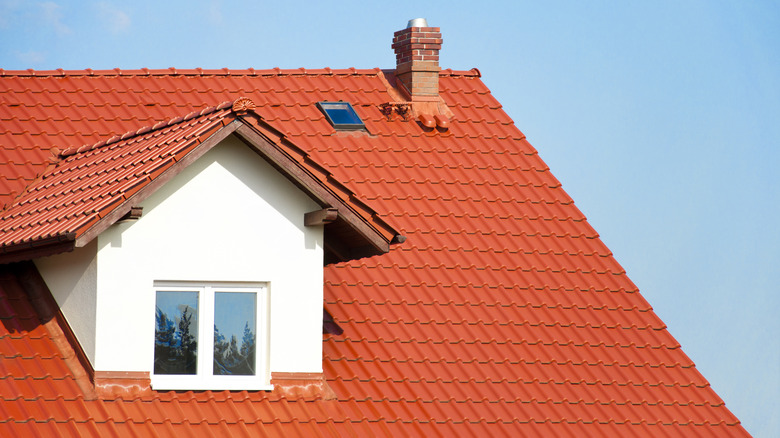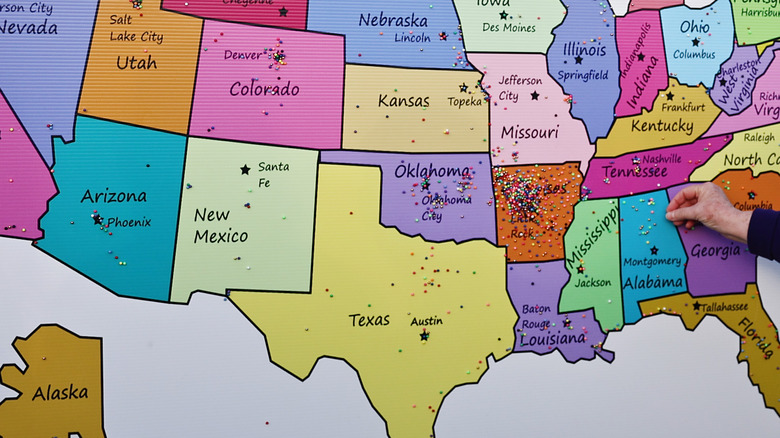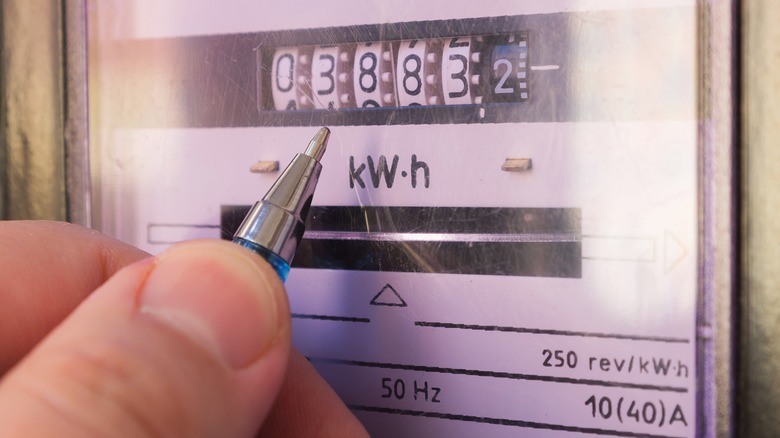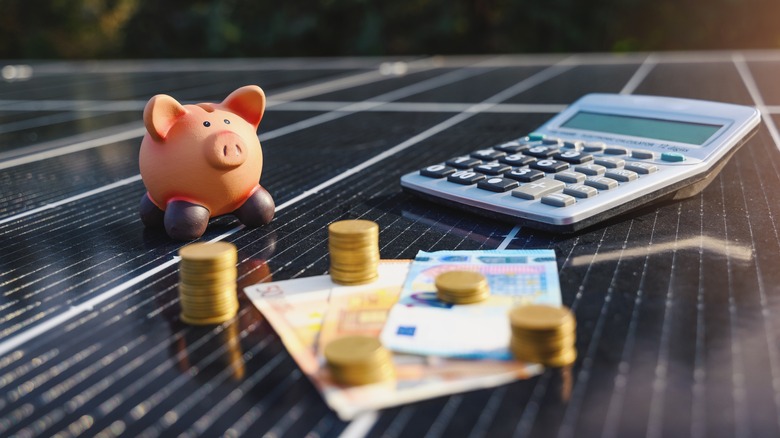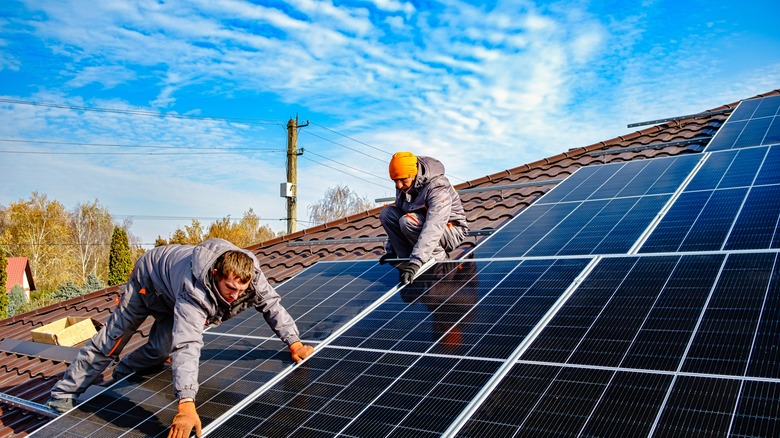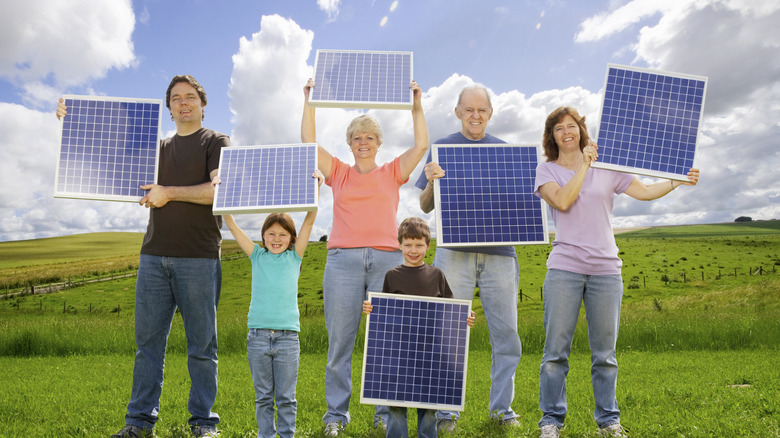6 Things To Consider Before Installing Solar Panels At Your Rental Property Or Home
It's summer and the electric bill for your rental property just came in. Like always, it's higher than the previous months. That's not at all surprising though, considering your tenants use more energy when it's sweltering outside, but the spike is typically also due to an increase in electricity prices — more demand means more expensive operating expenses. So to save money during these hot months, you can try to ask your tenants to reduce their energy consumption, such as switching to a fan instead of an air conditioner.
But there's one other solution that doesn't require you to give up air-conditioning and still keep your rental cool and comfortable: solar panel systems. They convert the energy of the sun into usable electricity to power your home. With this technology, you won't have to deal with fluctuating utility bills and can even go months paying little to nothing to your electricity provider. Plus, there's the added benefit of making your home greener, which is one of the biggest pros of solar panels. If you're hooked and like the idea of going solar, there are six key factors you first need to consider.
Roof's suitability
One of the top things you need to consider before getting solar panels for your rental property is whether your roof is fit for solar installation. To determine its suitability, there are several factors to keep in mind.
To start off, solar panels perform best on roofs facing the south with a 15 to 40-degree incline. This positioning helps them receive optimal direct sunlight. The size of the available roof space also matters. According to energy solutions marketplace EnergySage, the average size of a 320-watt panel is 17.5 square feet. If you're considering a 10kwW residential solar array with about 30 panels, you'll need a roof space somewhere around 525 square feet. The exact figure can vary depending on your actual energy needs, though.
Aside from the orientation and size, determine whether your roof type and structure can handle solar panels. Make sure it isn't in need of major repairs, and if you opt to have it replaced, pick a roofing material that can last as long as, if not longer than, your system. Metal and tile roofing do well in this department, as they're good for at least 40 years (even up to 100), well beyond most solar arrays' lifetime of 25 to 30 years. Asphalt shingles are great, too, but get higher-quality ones to ensure longevity. Your roof surroundings should be considered as well. Solar panels require direct sunlight, so any trees or shade blocking the sun needs to be removed if possible.
It's a good idea to have a solar professional evaluate your property if you're unsure whether your roof is okay for installation. If, however, they assess that it's not, you can always go for ground-mounted panels, provided you have the space. They, however, have higher installation costs.
Your geographical location
Where your rental property is located can affect your decision to go solar. In places experiencing brutal winter conditions like heavy snowfalls and severe ice storms, you can expect to pay more upfront to make your system more resilient. A resilient system means it's capable of withstanding wind speeds in your area and the weight of accumulated snow or ice buildup. While pricier, this setup can actually save money as you won't run into major repairs or replacements down the road, something your tenants would be thankful for.
Snowfalls and ice storms aren't the only enemies of solar panels. If it's typically cloudy and rainy in your area, your solar array generates less power. Yes, they're still functional; they're just not operating at their intended capacity because sunlight doesn't hit them directly. In such cases, you might have to consider investing in a storage solution as well. The batteries are charged when it's bright out, and then, they power up your rental property when your array's generation isn't enough.
Another factor to consider is whether you're in a location with polar nights when the sun doesn't come up for days and even months. Of course, you'll have little to no power generation during such time, so it's best for your solar array to stay on the grid and not go fully independent. This, however, would only be an issue if your location is close to the poles. For instance, in a town in Alaska, polar nights can last about 65 days. If you're curious whether your geographical location generates enough sunlight to make the investment on your rental property worthwhile, check out this solar insolation calculator. It can tell you how much power you can expect from your solar panel.
Your property's current and future power requirements
You need to understand how much power your rental needs now and in the future for multiple reasons. One, this figure is used to estimate the appropriate size of the solar array for your rental. It's important to factor in any future appliances you'll install, so you can plan accordingly. Failing to do so could cost you a hefty sum, as adding new panels might call for component upgrades or a complete modification of the initial setup. When you know your current and future power requirements, you can also decide how your system should connect to the grid. If you can afford a large enough array to support your entire home, then you can go fully independent.
On top of how much power you require, you should also consider when your tenants use power. For instance, you can justify going solar if you really need to have the home powered during outages. If your tenants consume more power at specific times like in the morning or afternoon, you can ask your installer to position your panel to get maximum exposure during these peak times. This is especially crucial if your roof is shaded at certain hours of the day.
These considerations, unfortunately, can be difficult to pinpoint if you're renting out your property. It's challenging to gauge your future renter's precise energy usage. You might get a rough estimate using past renters' average annual consumption, but it's always best to get recommendations from a solar professional.
Finances
For most folks, the financial aspect of installing a solar panel system is a primary concern. After all, costs can go up to $17,600 for just a 5kW system. And since the average homeowner opts for an 11kW system, expect to pay twice as much. To estimate the specific costs for your property, use calculators like Google Project Sunroof. Just input your rental property address in the US (or Puerto Rico) and the average monthly electric bill. It will then tell you the recommended system size, its environmental impact, and most importantly, the upfront costs. If you find this figure unaffordable, you might want to look into DIY solar kits instead. They're generally cheaper as you won't have to pay for labor, and some companies can tailor the kits to your home's specific requirements.
If you're still hesitant about the cost, you'll be glad to know that the initial price can go down significantly once state and federal incentives are applied. In the US, you may be eligible for up to 30% tax credit, which can be used to lower your federal income tax. There might even be additional state incentives available to you. To check, visit the Database of State Incentives for Renewables & Efficiency. On Google Project Sunroof, you can also see the federal and state incentives you might qualify for. But to make sure, you can always consult your solar installer.
Once you're ready to invest, it's important to consider how you should acquire your solar panel system. You generally have three options: buy the system outright via cash or a loan, lease a system from a solar company at a fixed monthly payment, or go into a power purchase agreement (PPA) that lets you pay for the generated electricity on a per-kWh basis.
Which solar installer to choose
Similar to any other installation in your home, it's important to hire the right people to install your solar panel system. After all, this is a huge investment for your rental property, and you'd want to get this done as quickly and as smoothly as possible to minimize overall costs. Naturally, certifications matter. You can visit the professional directory of the North American Board of Certified Energy Practitioners (NABCEP) to look up certified solar installers in your area and where they work. The directory also lets you contact those professionals for convenience. If you find too many options in your locality, you can narrow down the search by getting recommendations from neighbors, and then directly requesting proof of licensure from the companies. Online reviews are a valuable resource to complement your neighbors' feedback, too. Besides the certifications, you should also consider how long the company has been in business. Companies that have been operating for three years or more and have worked specifically with rental properties before are solid choices.
After shortlisting your options, you can start diving into the technicalities. Pricing is, of course, at the top of the list, along with warranties. When you comparison-shop, ask for detailed quotes that state the estimated costs, savings, and energy generation, equipment included (e.g., panels, inverters), incentives you qualify for, information on warranty, and how long the installation might take. Other questions to ask the company include the type of solar panel they'll install, their familiarity with how to process local permits, whether subcontractors will be involved and their certifications, and how the system will look after installation (important if you're concerned about aesthetics).
Availability of solar co-ops in your area
You can find a host of free consumer guides detailing the process of going solar. There's one from the US Department of Energy and another from the Solar Energy Industries Association (SEIA), a non-profit trade association for the solar energy industry in the United States. However, understanding the ins and outs of as large of an investment as a solar panel system can be overwhelming to do on your own. If you're looking to talk to a professional besides the solar companies themselves, you might want to consider joining a solar co-op.
Typically composed of about 30 to 100 members, a solar co-op makes the process of investing in a solar panel system less daunting. Its primary goal is to lower the cost of solar installation for all the members, since solar companies won't charge as much if they're servicing multiple customers at once. However, another main draw of joining a solar co-op is the support. Co-op organizers, such as Sun United Neighbors and Solar CrowdSource, provide members with a team of independent solar experts dedicated to educating them about the technology and the investment process itself. Some co-op organizers even offer a personalized roof evaluation to get the ball rolling for you.
However, it's important to consider that the entire process from joining a solar co-op up to having your system installed can take anywhere between four and eight months. There's also a limited window to join active co-ops, so once you miss that, you'll either wait for the next one or initiate a co-op in your area with the help of the co-op organizer. That said, if you're looking to get your rental property installed with solar right away, then solar co-ops might not be the best avenue for you.
